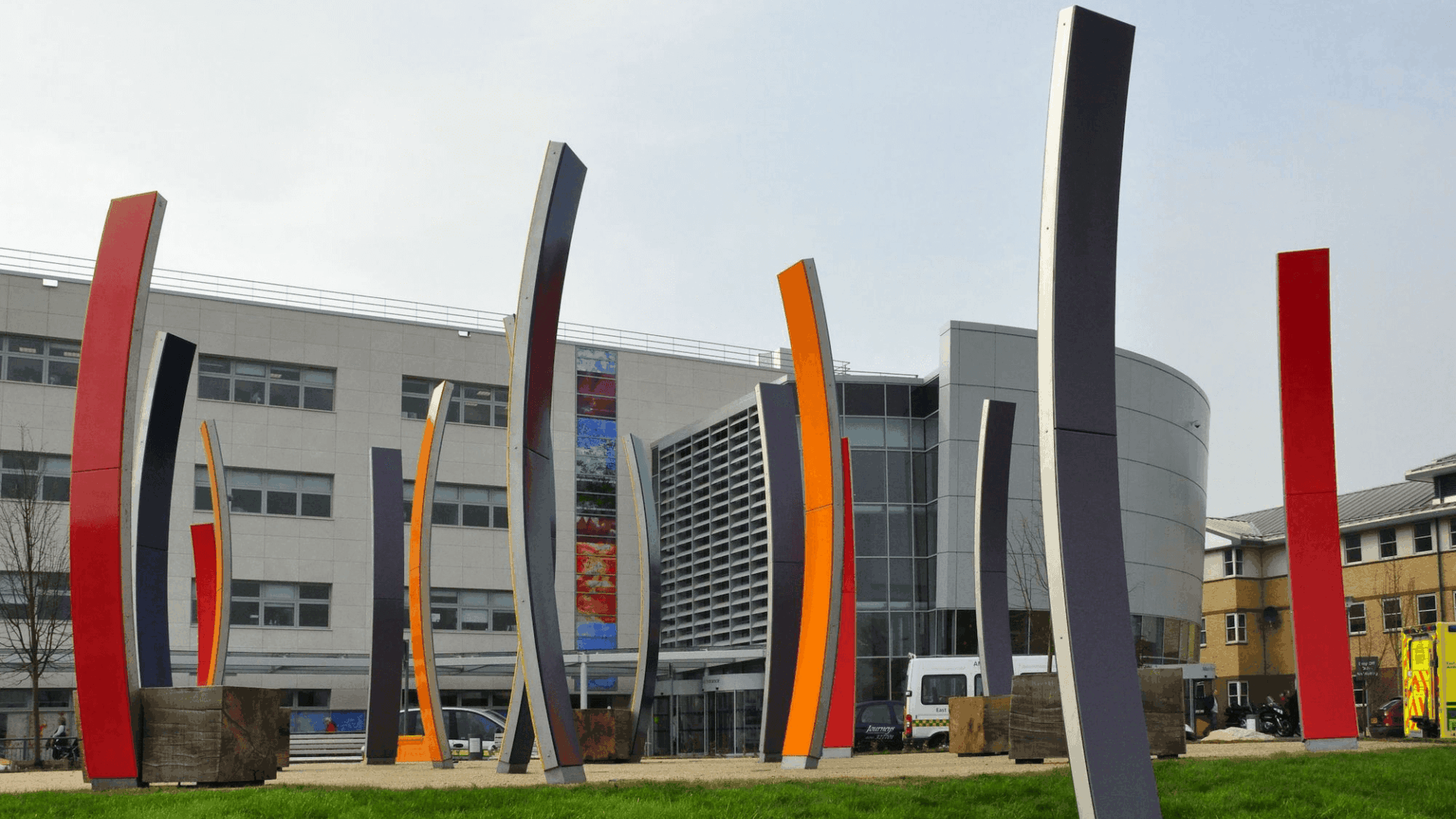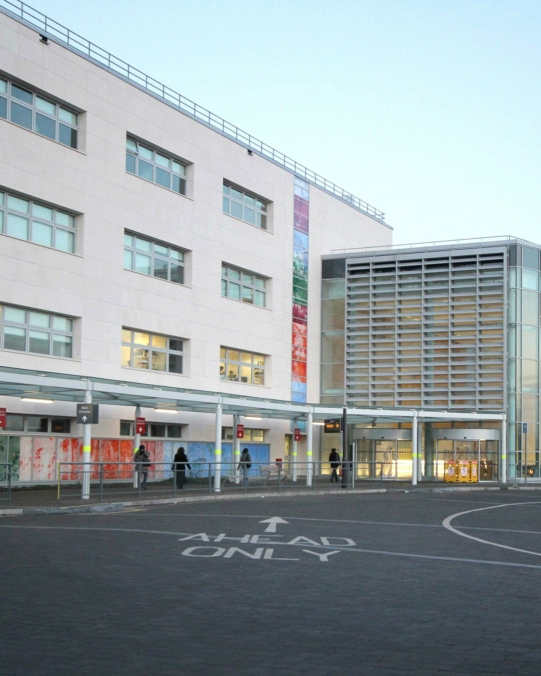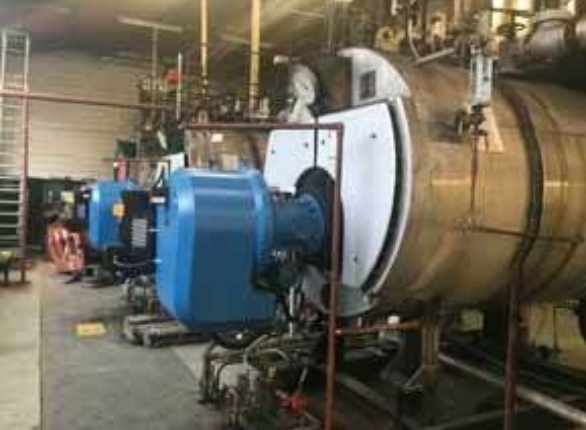<script type="text/javascript"> _linkedin_partner_id = "6415570"; window._linkedin_data_partner_ids = window._linkedin_data_partner_ids || []; window._linkedin_data_partner_ids.push(_linkedin_partner_id); </script><script type="text/javascript"> (function(l) { if (!l){window.lintrk = function(a,b){window.lintrk.q.push([a,b])}; window.lintrk.q=[]} var s = document.getElementsByTagName("script")[0]; var b = document.createElement("script"); b.type = "text/javascript";b.async = true; b.src = "https://snap.licdn.com/li.lms-analytics/insight.min.js"; s.parentNode.insertBefore(b, s);})(window.lintrk); </script> <noscript> <img height="1" width="1" style="display:none;" alt="" src="
×
Broomfield Hospital provides a comprehensive range of acute and community-based services. The hospital hosts the internationally renowned regional burns and plastic centre, St. Andrews. The existing central boilerhouse serving the Broomfield Hospital had long exceeded its usable life expectancy. The Trust now needed to achieve compliance with Health Building Note HBN 00-07 Planning for a Resilient Healthcare Estate 2014 Edition, particularly around dual fuel arrangements.
IN2 was commissioned to provide an in-depth analysis of the energy usage on their Broomfield Hospital site, to assess how energy was being used and whether there were opportunities for reducing energy consumption and improving resilience. IN2 established a set of Thermal and Electrical peak loads for the entire Hospital site to benchmark and compare against CIBSE best practice guidelines for hospitals. Detailed energy analysis was also produced for each building, then compared against the Health Estates Performance Indicator Benchmarks (PIB’s) for different hospital building types.
IN2 presented various on-site energy generation technologies suitable for an acute healthcare environment with each option assessed in terms of operational costs, maintenance implications, payback analysis and whole life cost; as well as advising on the associated reduction in the site’s carbon emissions. From this analysis, a 2,300kWe gas-fired CHP was concluded to be the optimum plant for the Broomfield site.
Significant operational savings were identified through replacing the remaining steam network with a modern thermal system with increased system efficiencies and lower operating temperatures. The enhanced benefit of “De-steaming” the hospital site and lowering the system operating temperature is that it becomes feasible to thermally integrate the CHP plant.




Key energy-saving measures identified from IN2’s strategy for on-site energy generation and energy reduction findings were included in the Trusts energy centre business case for Basildon and Broomfield Hospital. This resulted in our client being successful and was subsequently granted the single biggest funding award to the Trust.